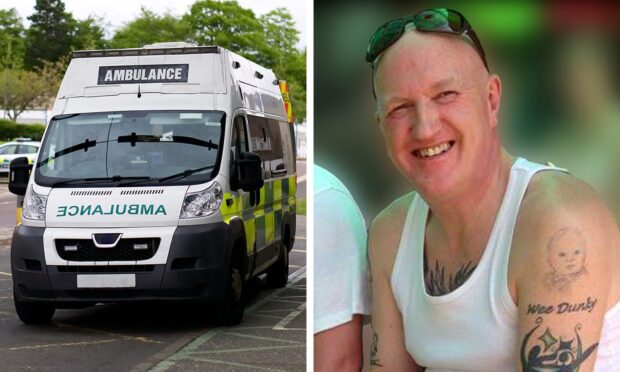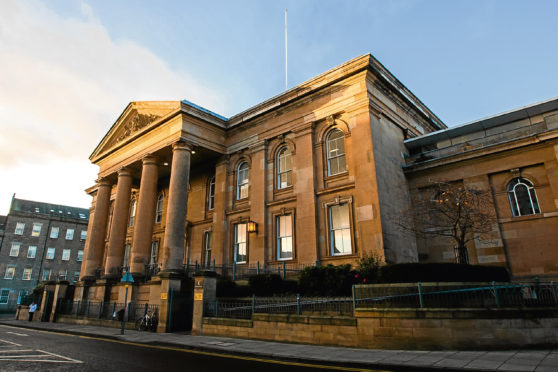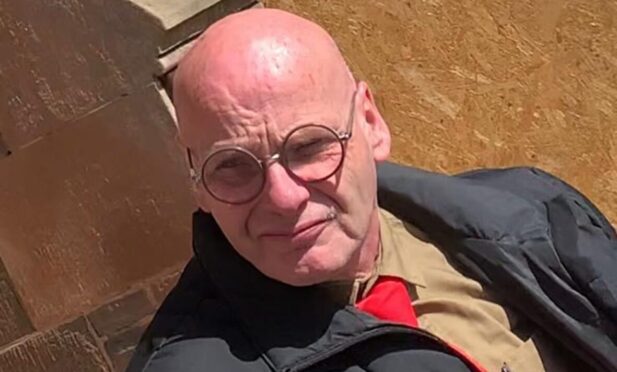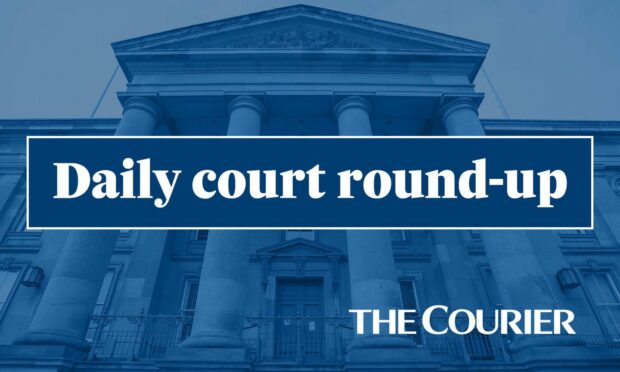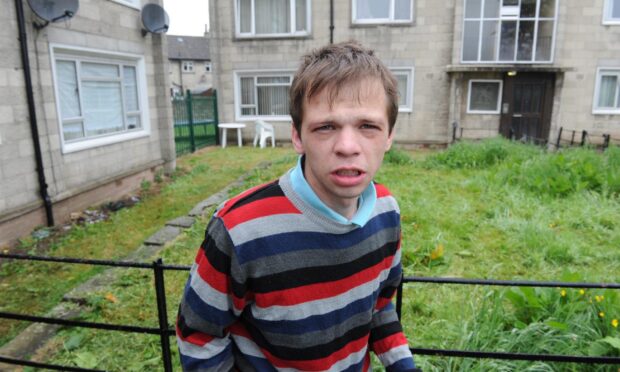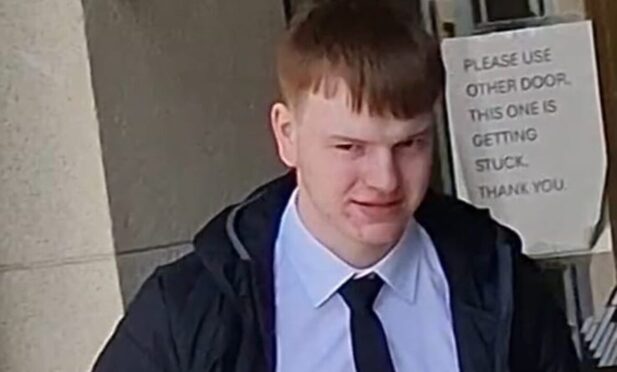A Stirling man died after the Scottish Ambulance Service “lost sight” of him for an hour and did nothing to organise treatment after an initial call for help, an inquiry has found.
A sheriff found the death of Graham Anderson might have been avoided if an employee in the ambulance service control room which received 999 calls had alerted a remote paramedic sooner.
Mr Anderson, 59, died following a heart attack in his office at CalaChem Ltd in Grangemouth on May 1 2020.
A fatal accident inquiry into his death heard a colleague found him lying face down on the floor, hot to the touch and with white eyes between 7.50am and 7.55am that day.
The Scottish Ambulance Service (SAS) received a 999 phone from the CalaChem gatehouse at 7.57am reporting the incident.
Further 999 call
The incident was assessed through the triage system introduced during the Covid-19 pandemic and was allocated a “teal” code, which meant no ambulance would be sent.
The case was then passed to an advanced paramedic co-ordinator (APC) based in the control room who allocated the call to the next available remote advanced paramedic (RAP) for further triage.
However the inquiry heard the APC did not follow this up with a telephone call to the RAP, as expected by the triage system, which meant the RAP was unaware the case had been allocated to him.
In his determination, Sheriff Keith O’Mahony wrote: “In effect this stopped all Scottish Ambulance Service management of Mr Anderson’s condition.
“No ambulance had been despatched, nor had anyone been tasked with following up additional triage.”
A further 999 call from CalaChem asking what time the ambulance would arrive and one from SAS to those with him asking about his condition also did not prompt any further action from the SAS, the sheriff found.
Cause of death
Around an hour after the call had been allocated to an RAP, a control room manager noticed that no action had been taken, and at 9.10am the APC rang the RAP, who went to the scene.
The sheriff said: “From this point Mr Anderson comes back into the view of the SAS.
“Thus, the evidence discloses that for approximately one hour between 0810 and 0910, the Scottish Ambulance Service lost sight of Mr Anderson and did nothing to manage his need for treatment.”
An ambulance arrived at the CalaChem gatehouse at 9.22am, however by the time crew arrived at Mr Anderson’s side he was in cardiac arrest.
They took over CPR from CalaChem first responders at the scene and a second ambulance crew arrived to help, however Mr Anderson was pronounced dead at 10.21am.
The cause of death was coronary artery atheroma and thrombosis, the inquiry was told.
Ambulance service responds to inquiry
The inquiry, held at Stirling Sheriff Court last year, heard from expert witness Dr Andrew D Flapan, a consultant cardiologist.
He was asked if Mr Anderson had arrived at hospital before his cardiac arrest at around 9.20am, whether he would have been more likely than not to have survived.
Dr Flapan replied that while there was no guarantee, he would like to think so as once in the cardiac laboratory at the hospital, Mr Anderson would have had the clinicians and equipment to treat him, increasing his chances of survival.
Sheriff O’Mahony said the one hour lack of action was “highly significant”.
He found the death might have been avoided had the APC phoned the RAP at the point of allocating Mr Anderson’s case to him, as that would have alerted him to the need to triage Mr Anderson as soon as possible.
The inquiry heard a significant adverse event review was held by the Scottish Ambulance Service following the death which made seven recommendations, all of which have been implemented.
A Scottish Ambulance Service spokesperson said: “This is a tragic case and we would like to apologise again to Mr Anderson’s family.
“An investigation into the circumstances relating to the delay in responding to Mr Anderson was conducted and completed prior to this inquiry, with all actions identified being implemented.
“We would like to extend our deepest sympathies to the family for their loss.”
For more local court content visit our page or join us on Facebook.
